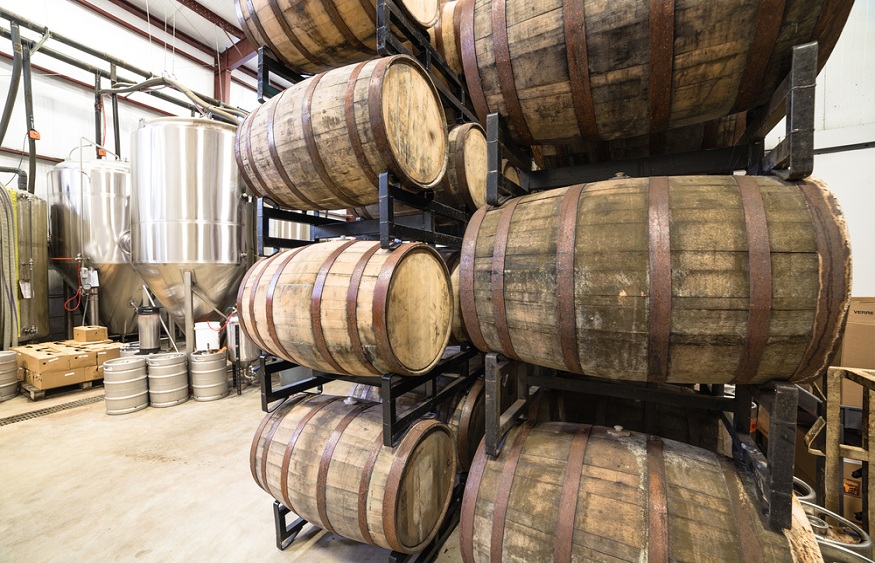There is a lot about beer that the average American guy sitting on a bar stool doesn’t know. Unfortunately, the corporate brewing model that dominates the U.S. beer industry doesn’t do much to educate the public about beer’s many intricacies. For instance, have you ever heard of sour beer? And if so, do you know whether it is safe to drink or not?
A case can be made that sour beer is the oldest kind of beer around. It certainly predates modern pasteurization, by a lot. Sour beer is so named because of its sour and acidic flavor. However, the level of sourness in any given brew can be altered by changing a recipe’s ingredients.
Bacteria and Yeast
The secret to making sour beer is your choice of bacteria and yeast. Sour beer utilizes what are considered wild versions of both. Wild yeast is of particular interest because it adds a unique flavor to sour beer that is hard to replicate with engineered yeasts. And as long as a sour beer is not heat-pasteurized, the yeast lives on in the finished product where it offers its full flavor.
One of the more common wild yeasts utilized for making sour beer is Brettano myces (Brett). Brewers need to be especially careful because Brett can just as easily make a sour taste like the contents of a latrine. But in the hands of a skilled master, this yeast brings balance and earthiness so that you are not overwhelmed by sourness and acidity.
In terms of wild bacteria, two common choices are lacto bacillus and Pediococcus. Lactobacillus is the same bacteria that makes yogurt taste sour. The bacteria also converts sugars into lactic acid.
Brewing a Sour
From a technical standpoint, there is not anything special required to brew a sour. You follow a similar process for making a mash, turning that mash into wort, fermenting the whole thing, finishing, and filtering. Processes are slightly adjusted here or there to accomplish the perfect flavor. Where there may be a substantial difference is in finishing.
Typical American beers are finished in a brite tank. According to Houston-based Cedar Stone Industry, brite tank brewing is pretty typical for both big time breweries and small craft operations. Sour beer can also be finished in a brite tank. But in places like Belgium, that would be the exception to the rule.
Most Belgian sours are finished in oak barrels. The beer is actually aged just like a good whiskey or a wine. Aging in oak barrels allows the beer to take on that extra charred oak flavor that enhances sour notes and takes the edge off any funkiness Brett leaves behind.
Completely Safe to Drink
As to the last part of the question, sour beers are completely safe to drink. Even those that are left unpasteurized do not pose any harm. Remember that alcohol will kill anything in a beer that might be bad for your health, and that includes bad bacteria. Wild yeast isn’t going to harm you.
If you have never had a sour beer before, you might want to start slowly. Ask the bartender for something on the mild side. If you go full-on sour right from the start, you might decide you don’t like sour beer without giving it an honest effort. Start at the bottom end of sourness and acidity and work your way up from there.
Sour beer is one of the oldest types of beer around. Some beer lovers will not drink anything else. One thing is for sure though and that is a good sour doesn’t taste anything like a traditional American beer.



